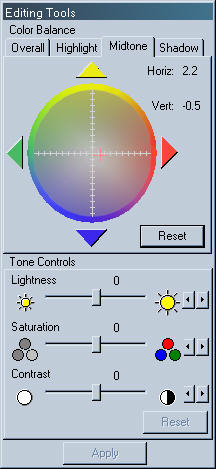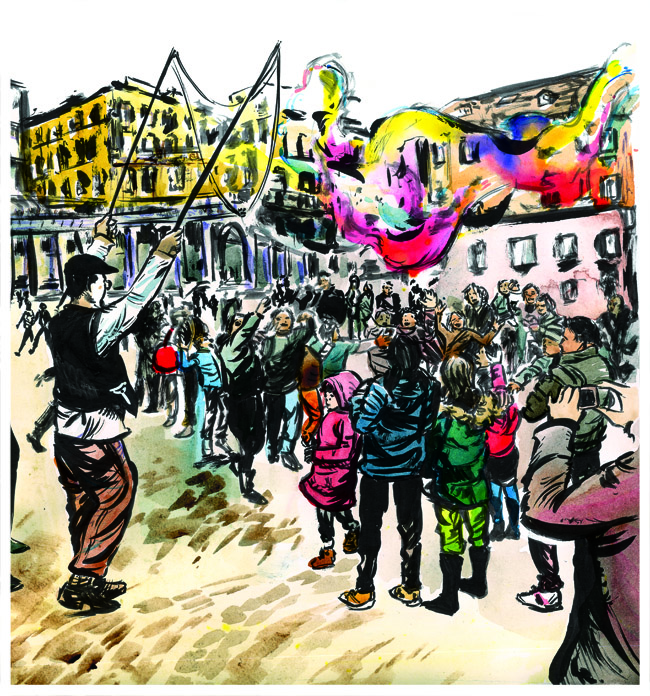

- Wolf faust it8 target 64 Bit#
- Wolf faust it8 target software#
- Wolf faust it8 target professional#
- Wolf faust it8 target download#
Wolf faust it8 target software#
) Darktable Lightroom (stylized as darktable) is a photography application software and raw developer.
Wolf faust it8 target professional#
Professional color management: darktable is fully
Wolf faust it8 target download#
Download the most recent version of FME, check out the beta versions to test out new features, or download a previous version. Darktable manages your digital negatives in a database and lets you view them through a zoomable lighttable. What to do with dialog saying “darktable” can’t be opened because it was not downloaded from the Mac App Store: Locate darktable in Applications folder (or wherever you installed it) using Finder. The beautiful thing which sets Darktable apart from Lr, is that it works in a 32-bit floating-point pixel pipeline, and not the 16-bit integer pipeline that Lr uses.New Data Shows Windows 32-Bit Is Becoming a Thing of the Past: Steam figures show almost nobody uses 32-bit Windows.
Wolf faust it8 target 64 Bit#
I have not yet done it with a transparent profile target on a light panel.Darktable download 32 bit 7 (Lion) running on 64 bit Intel architecture. This is a process I am familiar with in other situations: usually a new model digital camera that does not have acceptable Adobe profiles at launch. Hence my original question about obtaining a provia-specific camera profile. I haven't found a way to do that so far by white balance adjustments in Lightroom or exposure/highlight/shadow/white/black points or tone curves.

I like the colours and tonality in the original transparency, and I would like to reproduce them in a digital version. Good luck.I'm not sure what you mean by your first line. I don't know how this process could be applied to camera scanning. after that using other sliders and curves. Alternatively, I scan "flat" and do levels afterward in Lightroom (Black and White sliders) or Elements (Level sliders). I can set them in the scan software using the histogram on a pre-scan. Adjusting those first gets me into the color ballpark. But when I use my Epson scanners, I find that the key to getting colors right is levels (black and white points). Now I'm not familiar with using a camera to scan. Paul, If you can't produce color to your own eye's likes, how can you expect to match the colors in the chrome? You have to find another way. I guess I could photograph a ColorChecker Passport on Provia myself, but before I do so I wanted to tap into the practical experience here to check if this is best way to get accurate colours from transparency. I have not yet found a transparency version of one yet, whereas there are IT8 versions - hence my question. Use adjustments to visually match the slide (if that's what you want.)Thank you - yes, I was using the wrong term - I want to make a camera profile for Lightroom (#.dcp file), which I have done before with a ColorChecker Passport and Xrite software. For example, you can have the slide on a good light box. Learn to get the results you want through editing. Conditions vary, and so the profile's usefulness will vary. Save that as a profile.Īll that said, what these types of things do is get you in the ball park. Use the HSL adjustments to get a good match. You can photography a Macbeth target, and then scan the film. Since you use Lightroom, it's not worth it. You can use Wolf Faust's IT8 targets to make icc files.but Lightroom doesn't use ICC files. Use 'camera neutral 2' instead of the Adobe standard profile.


 0 kommentar(er)
0 kommentar(er)
